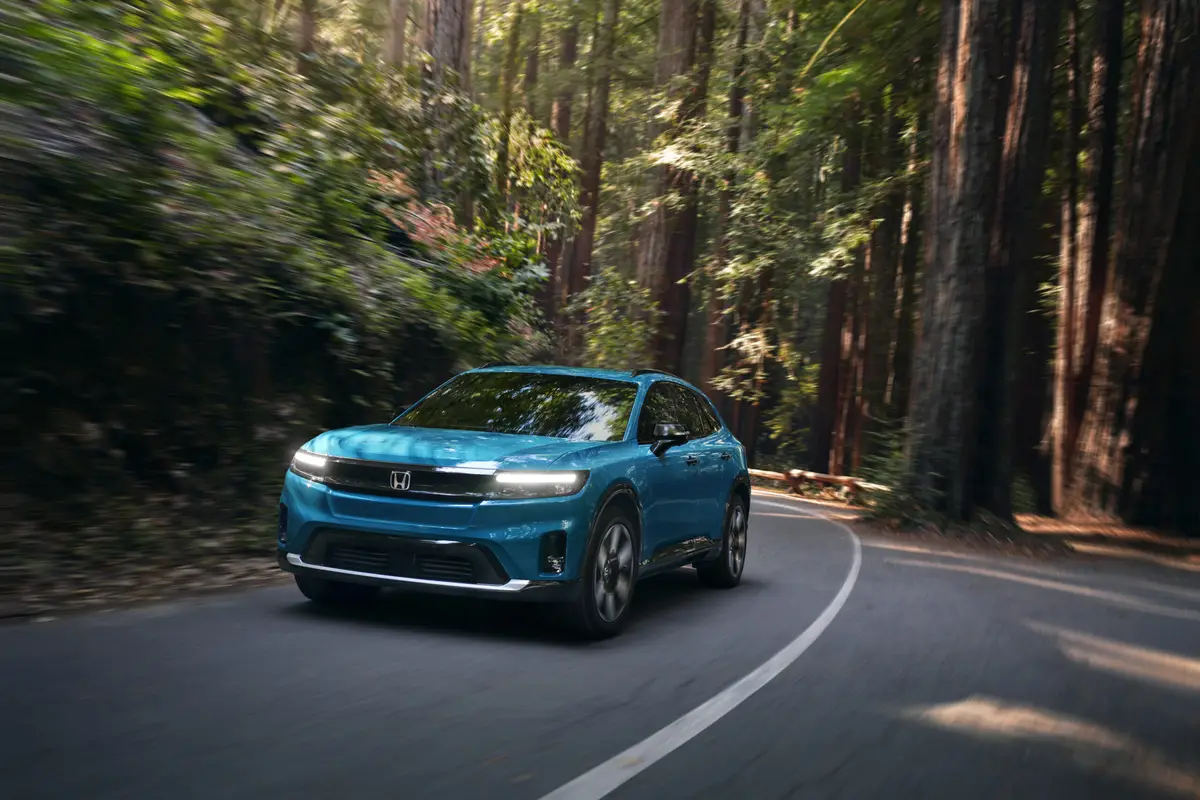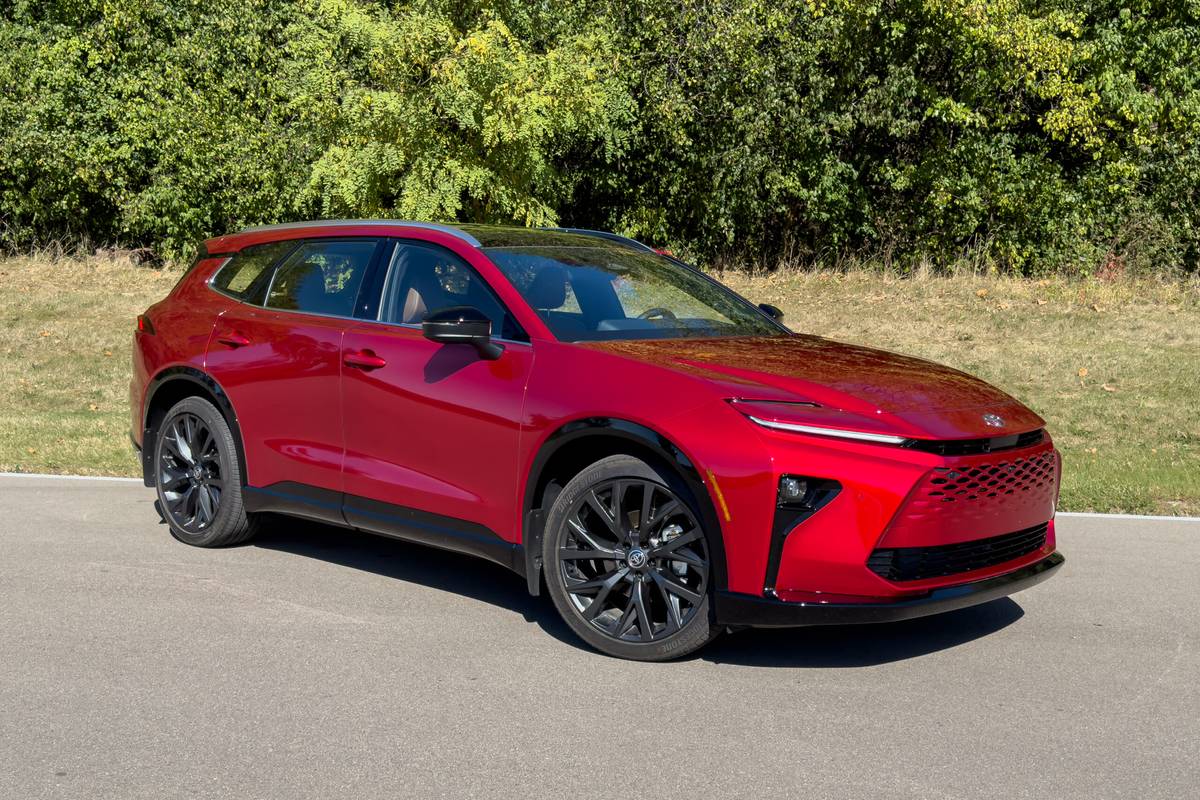washingtonpost.com's view
The 1999 Honda Odyssey minivan is right thinking in motion. It is motorized virtue, a rolling ode to common sense.
Start with the seemingly simple — the horn. It is exactly where and what it is supposed to be. It’s smack dab in the middle of the steering wheel, and it’s not some itty-bitty patch of a thing. The entire center section of the steering wheel hub functions as the horn button — a big, fat, accessible button — making it easy to honk in an emergency.
It’s such a simple, obvious idea. Yet, few automakers seem to understand it, which is why many of them install horns in a variety of difficult-to-reach places, such as the bottoms of steering-wheel hubs or the ends of control stalks.
There is also the matter of seats. But, first, a primer on the whys and wherefores of minivans: They are multipurpose vehicles designed to move people and their stuff — lots of people and lots of stuff, albeit not all at the same time.
That means minivans must have versatile seats, which can be removed or easily made to disappear when more cargo space is needed. Conversely, it also means making seats readily available when more space is needed for passengers.
Some car companies, such as DaimlerChrysler and Ford, added rollers to the bottoms of seats to ease their removal from minivans. Problem is, once those seats are out, two people usually are needed to carry them to a storage area. That’s convenience with a penalty.
Honda has a better idea: It designed the third seat to fold down into the rear floor of the front-wheel-drive Odyssey — no rolling, no lifting, all convenience, no penalty.
That kind of right thinking is evident throughout the new Odyssey, which is now comparable in size to the Dodge Grand Caravan — about 200 inches long and slightly more than 68 inches high. The new Odyssey, of course, has dual sliding doors for ease of entry and exit, a feature that gets a dual power-sliding option in the tested Odyssey EX.
Other features include multiple storage compartments; a retractable center tray table replete with beverage holders; an electronically controlled, four-speed automatic transmission; standard anti-lock brakes; and standard traction control (on the EX version).
Driving the new Odyssey is a pleasant enough experience, largely thanks to its 3.5-liter, 24-valve VTEC (Variable Valve Timing/lift Electronic Control) V-6 engine, designed to produce 210 horsepower at 5,200 rpm. Maximum torque is 229 pound-feet at 4,300 rpm, with 90 percent of that torque available at 2,000 rpm. That’s lots of low-end power, which means you can tow 2,000 pounds with the new Odyssey without engine strain.
It’s funny. I was less than enthusiastic about driving the new Odyssey because of my disappointment with the old one, which was nothing more than a Honda Accord sedan with tall walls — not at all competitive with the likes of the Dodge Grand Caravan, Ford Windstar or Chevrolet Venture.
But with its new model, Honda has done m ore than correct its past failing. It has set a new standard, and has elevated common sense above gimcrackery in the process.
1999 Honda Odyssey Minivan
Complaints: That rattle, that rattle, emanating from somewhere in the back of the Odyssey EX, rising, it seemed, from the area beneath the fold-away third seat. Nothing serious. Just a tad disconcerting, considering the overall excellence of this minivan. Observers, none of whom was a certified mechanic, concluded that it was a seat-hinge problem.
Praise: An overall excellent — no, make that superior — interpretation of what a minivan should be. The new Odyssey is one of the most versatile, most useful minivans on the market.
Head-turning quotient: Looks like an ordinary minivan: tubular, sloped nose, wide butt. Let’s face it, nobody beats DaimlerChrysler in designing pretty minivans.
Safety: Superior. Has a lower center of gravity than most minivans. Remarkable structural quality (that little rattle notwith standing). Unitized body on large cross-section frame mated to seven underfloor cross members and a four-ring shell that includes roof supports. And there are three-point seat belts at all seating positions — highly unusual for a minivan.
Capacities: Seven passengers; 25.1 cubic feet of cargo space with rear seat up, 53.3 cubic feet with seat down; 20-gallon fuel tank, premium unleaded required.
Ride, handling and acceleration: Triple aces. No complaints. Standard brakes include vented front discs/rear drums with antilocks.
Mileage: About 24 miles per gallon, running mostly highway with one passenger and 250 pounds of cargo. Estimated range is 465 miles on usable volume of fuel.
Sound system: Six-speaker AM-FM stereo radio and CD player, installed by Honda. Very good.
Price: Honda Odyssey pricing at this writing is not firm. But the estimated base price will be about $23,000. Average price out the door will be about $26,000. Pricey. But this is a nice piece of work.
Purse-strings note: Compare with any minivan on the market. This one competes at the top of the class.
Latest news



